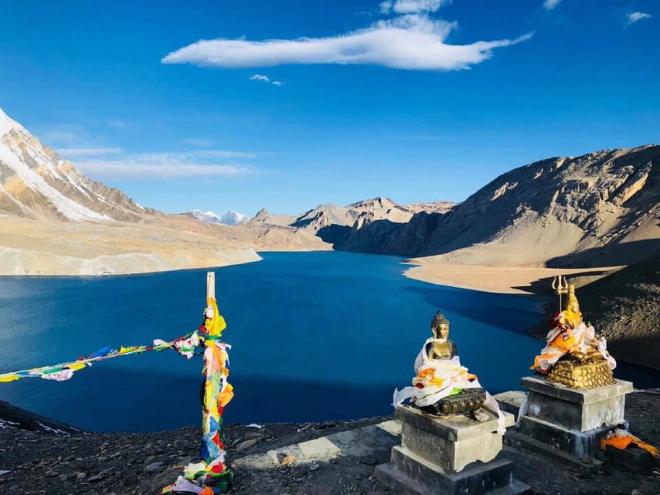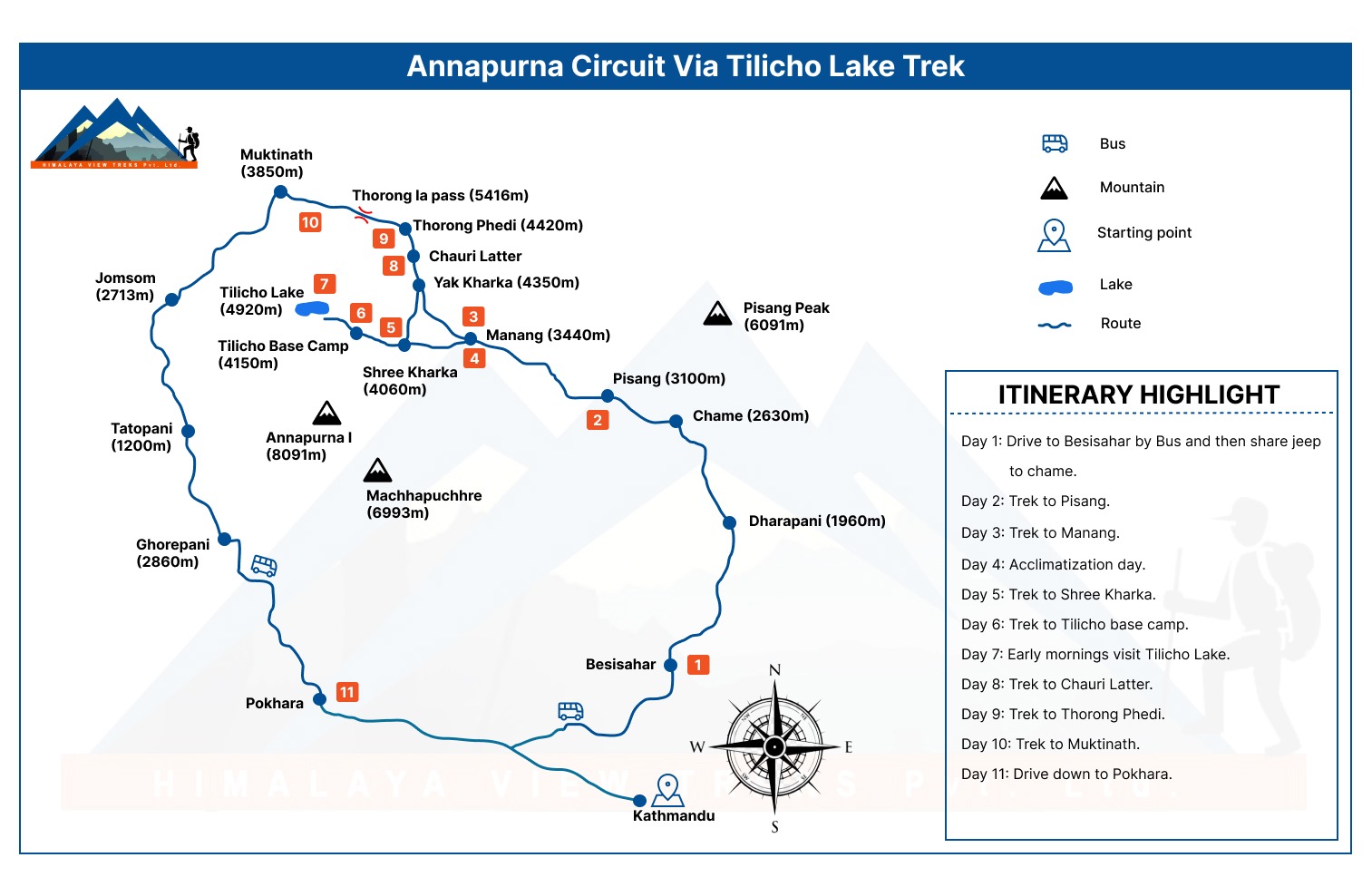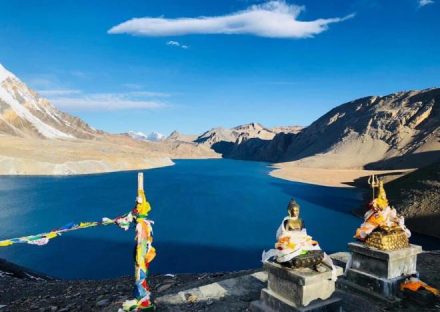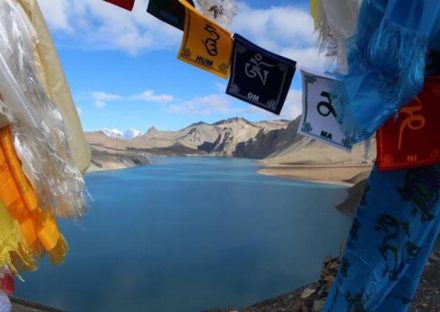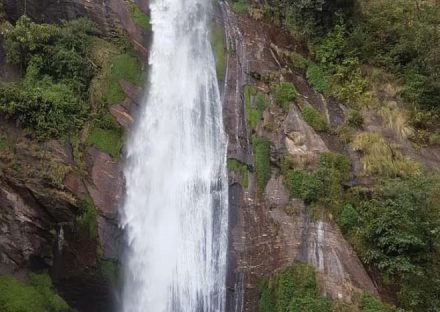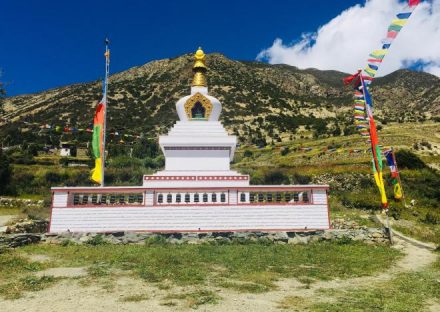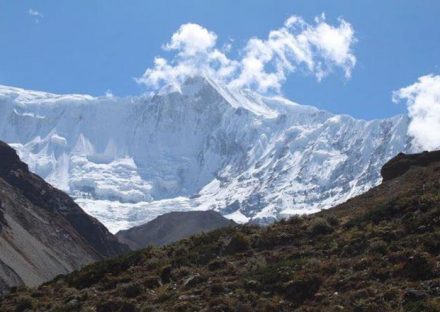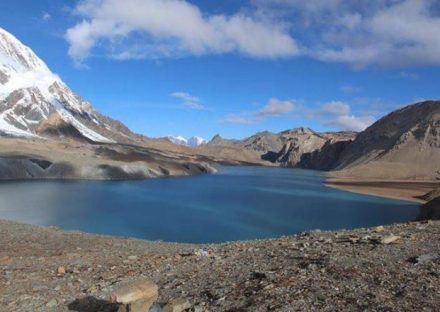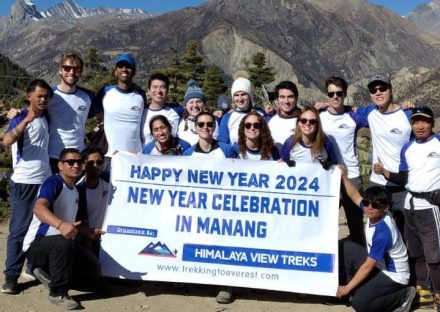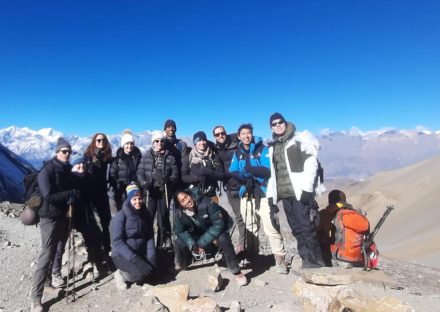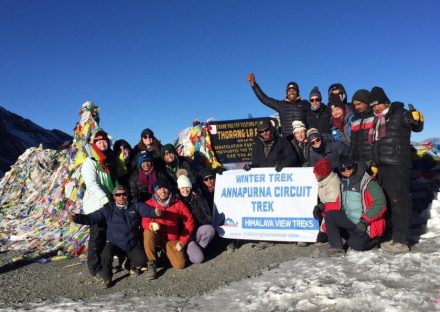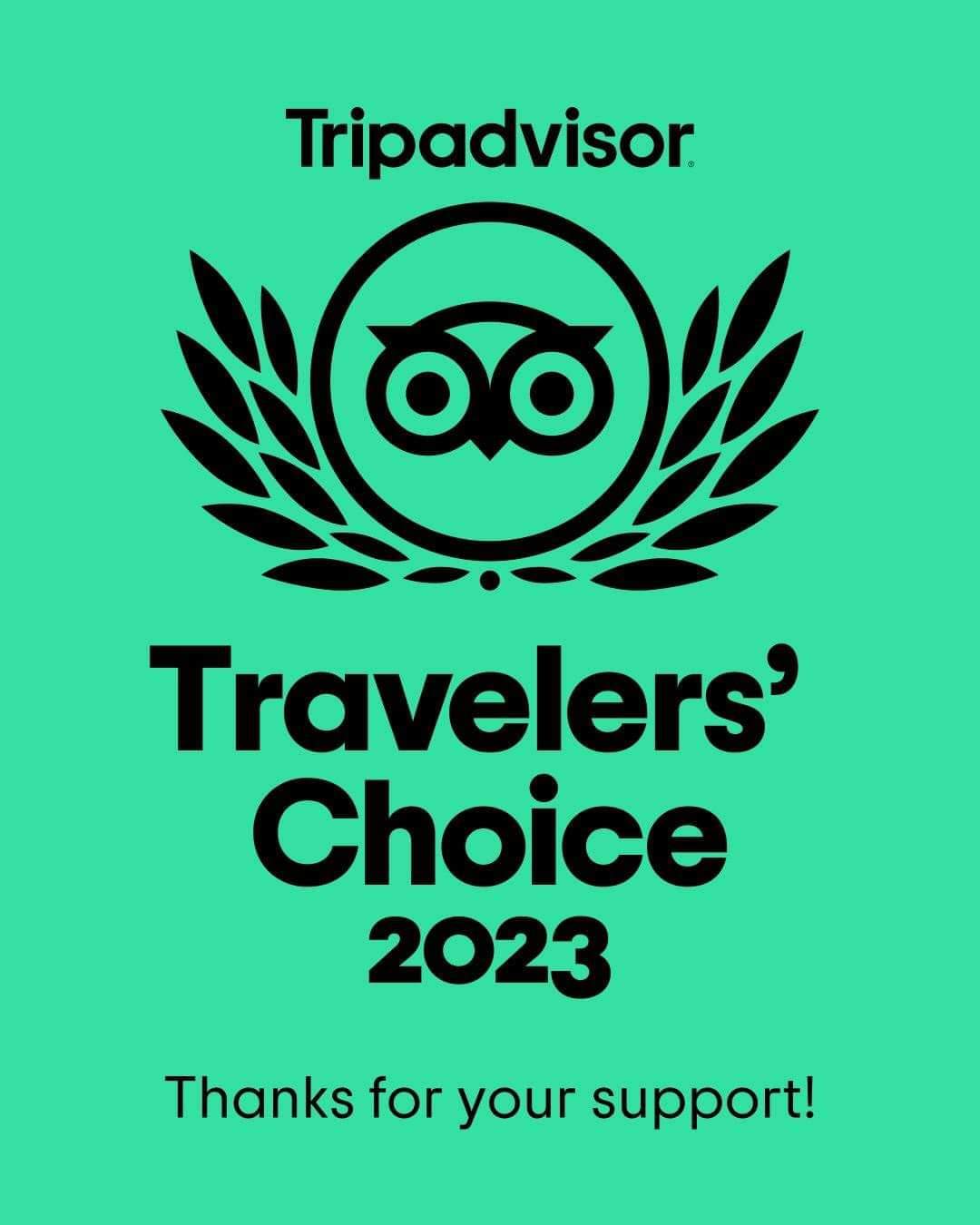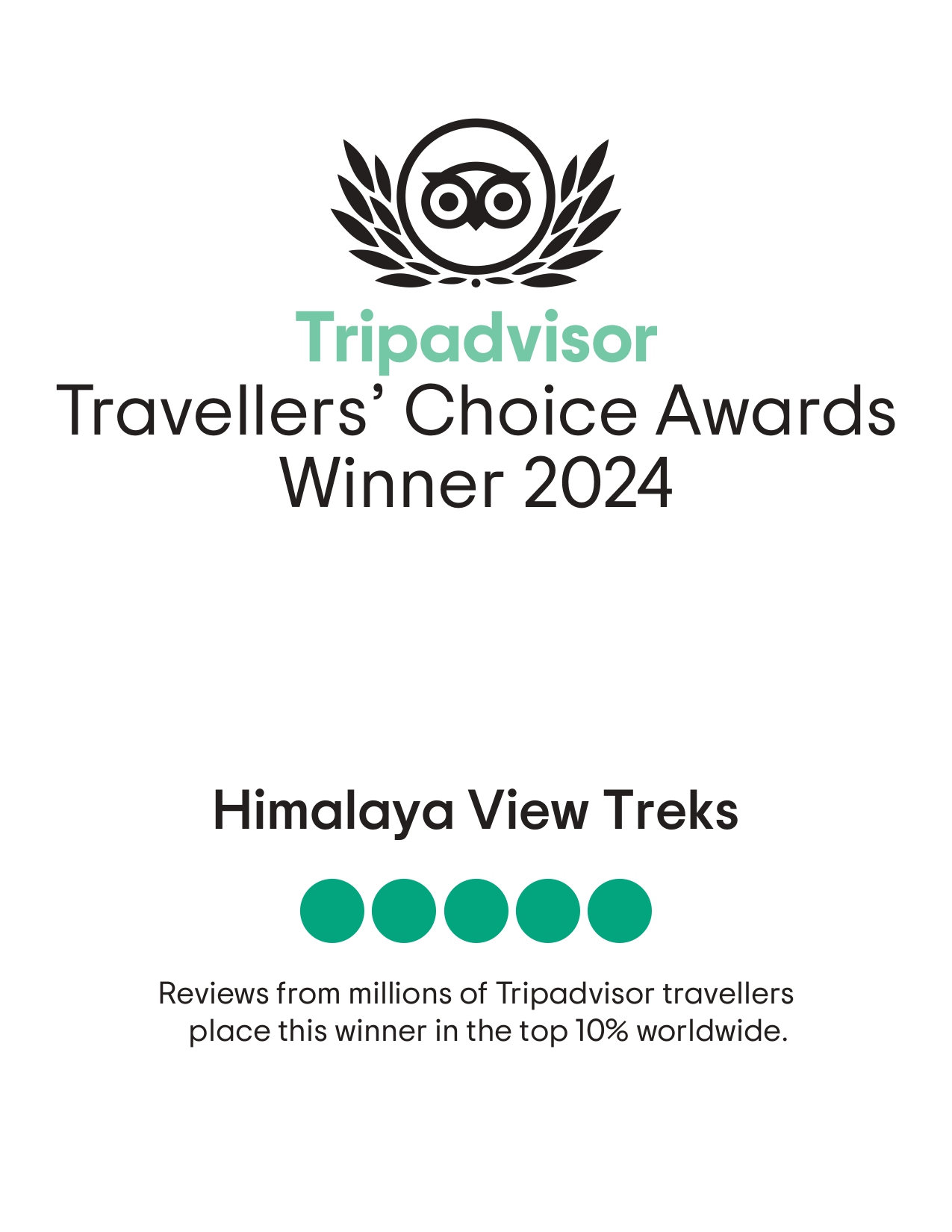- Details
- Short Itinerary
Detailed itinerary
Itinerary- Tour Includes/Excludes
- Useful Info
- Map
- Photos
- FAQ
Trip overview
Tilicho Lake Trek – 11 Days
The Tilicho Lake Trek is probably the best trekking trip to date to walk around the Annapurna Circuit hiking route in Nepal. So, it is the journey towards Nepal’s highest-situated lake which is 4949m.
It is the best strolling trail around the world’s famous trekking route including the great Thorong La Pass (5416 m). Himalaya View treks have knitted the best itinerary for this trekking adventure as trekkers get a chance to witness the Tilicho Lake (4949m) as well as Thorong La Pass and much of the attractions of the Annapurna loop Trekking trail.
The journey of Tilicho Lake in Nepal starts from Kathmandu. However, trekkers take the bus or local jeep to reach Chame via Besisahar. The Tilicho lake plus Thorong La Pass Trek in Nepal is shorter now. complete it in 11 days. It is because of the construction of roads. After acclimatization, Manang trekkers will travel to Tilicho Lake. Moreover, trekkers finally meet the Annapurna Circuit Trek route. Once strolling around the lake finishes trekkers will have to again walk towards the Yak Kharka. It is on the Annapurna Circuit Trek route trail. From this trekking destination, trekkers will follow the route of the Annapurna Thorong La Pass via Tilicho lake Trek route in Nepal.
Tilicho Lake with Thorong La Pass Trek
Trekkers reach the famous Muktinath temple Mustang area after crossing Thorong La Pass. Observe the great harmony of religious tolerance. For example, Lord Vishnu and Lord Buddha i.e. Nunnery and temple are located together. Trekkers will visit the windiest town in Nepal, Jomsom. You can have the option to fly back to Pokhara or take the bus drive to Pokhara via Beni.
Book the Tilicho Base Camp with Thorong La Pass Trip in Nepal with HVT. We are pioneers in the field of Nepal trekking. Moreover, our trekking guides are from the local area. Therefore, information during the trek is always authentic to us. Relish the amazing time at Nepal’s classical trekking route.
Short Itinerary
Annapurna Circuit Via Tilicho Lake Trek Itinerary
Day 01: Drive to Besisahar by bus and the local Jeep to Chame (2715 m 9 hours' drive) overnight at lodge.
Day 02: Trek to Pisang (3132 m 6 hours walking) and stay overnight at the lodge.
Day 03: Trek to Manang (3341 m 5 hours walking) overnight at the lodge.
Day 04: Rest day in the same place for acclimatization
Day 05: Trek to Shree Kharka (4150m 4/5 hours, overnight at Lodge,
Day 06: Trek to Tilcho base camp (4200m 4/5 hours, overnight at Lodge.
Day 07: Early mornings visit Tilicho lake 4959m. and back to base camp, overnight lodge.
Day 08: Trek to Chauri Latter (3720 m 5/6 hours walking) overnight at lodge.
Day 09: Trek to Thorong Phedi (3900 m 3 hours walking) overnight at lodge.
Day 10: Trek early in the morning at Thorong La Pass (5416 m. 8 hours walking) and overnight at Muktinath(3900m.)
Day 11: Drive down to Pokhara (1169 m) 10 hours' drive) your hotel in Pokhara.
Detailed Itinerary
Day 01: Drive to Chame
Drive to Besisahar by Local bus and the Local Jeep to Chame (2715 m 9 hours drive) via Bensisahar, Dharapani, Dhanaqu to Chame stay overnight at the lodge.
Day 02: Trek to Pisang
Trek to Pisang (3132 m 6 hours walking) via Bratang, Dukur Pokhari to Kodo to Chame stay overnight at lodge.
Day 03: Trek to Manang
Trek to Manang (3341 m 5 hours walking) via Ngaul village, Braga monastery to Manang this day you can able to see the view of Annapurna range on the NATT way from upper way stay overnight at lodge.
Day 04: Rest day in the same place for acclimatization
Rest day in the same place for acclimatization, this day we can hike to Ice Lake, from Ice Lake we able to see best panoramic view of the Annapurna range.
Day 05: Trek to Shree Kharka via Khangsar Gaun
Trek to Shree Kharka via Khangsar Gaun ( 4150m 4/5 hours, stay overnight at Lodge,
Day 06: Trek to Tilcho base camp
Trek to Tilcho base camp (4200m 4/5 hours, stay overnight at Lodge.
Day 07: Visit Tilicho lake and back to base camp
Early mornings visit Tilicho lake and back to base camp, overnight at same lodge.
Day 08: Trek to Chauri latter
Trek to Chauri latter (3720 m 5/6 hours walking) via Tanki Manang which is an old village of Manang and able to see tradition houses of Manan stay overnight at lodge.
Day 09: Trek to Thorong Phedi
Trek to Thorong Phedi (3900 m 3 hours walking) after cross Marshyani river bridge stay overnight at lodge.
Day 10: Trek early in the morning to Thorong La Pass
Trek early in the morning Thorong La Pass (5416 m 8 hours walking) via Throng High camp overnight at Muktinath(3900m. ) stay overnight at lodge.
Day 11: Drive down to Pokhara
Drive down to Pokhara (1169 m) 10 hours drive) your own hotel in pokhara.
Included
- Kathmandu to Chame and Muktinath to Pokhara by Local bus and local sharing Jeep
- All meals (Breakfast, lunch, and dinner) during your Tilicho Lake with 10 nights Hotel Accommodation
- ACAP permit and TIM’s card permit
- Government licensed holder, fluent English Speaking, Familiar HVT guide
- One assistant guide if Group sizes is more than 10 trekkers)
- Strong local Porters for Carry trekker’s luggage One porter every 2 trekkers
- Guide and porter wages including their meals, accommodation, and Salary
- Staff insurance including medication coverage
- Equipment for the Company staff
- Water purification drop or tablets for safe drinking water
- Seasonal fresh fruits every day during Tilicho Lake trek
- Oximeter to measure Pulse and oxygen level
- Company T-shirt as a Souvenirs, and duffle bag if needed
- Local government, taxes, including official Service Charge
- Trip completion Certificate
Not Included
- Hotel accommodation and meals In Kathmandu and pokhara
- Personal expense (shopping, snacks, boil bottle water, hot (tea, coffee) and cold drinks, hot shower, alcohol, Wi-Fi, telephone call, battery charge fee during the Annapurna Tilicho lake Trek.
- Personal clothing and trekking gear
- Personal travel insurance including evacuation coverage (compulsory) up to 6000m)
- Additional costs if delays flights and outside the itinerary
- All the costs and expenses which are not mentioned in includes list.
- Tips for guide and porters in end of the treks
Useful Info
Annapurna Circuit Tilicho Lake Trek Key Highlights:
- World's most popular High Pass (Thorong La Pass (5416 m))
- Manang Valley
- Lower Mustang Region
- Muktinath Temple
- Over 2 Dozen Mountain Vistas
- Oldest Monastery & Thakali/Gurung/Tibetan culture
- Green Lush Forests, Rivers, Waterfalls & Lakes
Useful Info:
- Highest Altitude: 5416 m
- Mode of Transportation: local bus or local Jeep Drive & Trekking
- Accommodation & Food: Teahouse during Trek, Food from Menu (B, L, D)
- Difficulty: Moderate
- No. of Acclimatization Rest Day: 1
- Travel Insurance: Needed
Annapurna Circuit Trek Entry Permit
To get these permits, you need to provide the following documents and information:
Passport Photo copy
Passport-sized photos
Dates when your trek starts and ends
Itinerary/Route
Entry and exit points
Emergency Contact Information (local and home country)
Travel Insurance Details
Annapurna Trekking Permit Fees:
Annapurna Conservation Area Project (ACAP) Entry Permit: NRS 3000 per person for foreigners, NRS 1000 for citizens of SAARC countries, and NRS 1000 for Nepalese.
TIMS Card: NRS 2000. For SAARC country nationals, NRS 1000
Read More on How to Get TIMS Card and Trekking Permits In Nepal. However, the trekking agency you’ve booked with will do all this work for you.
Altitude Sickness & Acclimatization
Annapurna Circuit with Tilicho lake trek takes you to the highest lake of the world Tilicho Lake (4949m). The highest point of your trek is the Thorong La Pass (5,416m). In this environment, there is less oxygen which will lead to breathing difficulty.
To let your body get used to the thin air, you need to walk slowly, and steadily and keep your body hydrated. If you try to hasten and walk fast to reach your destination in less time, chances are you may suffer from AMS or Acute Mountain Sickness.
AMS symptoms like dizziness, headache, nausea, shortness of breath, fatigue, etc., are seen at elevations above 2000 meters. Taking Diamox and a good night’s rest may work for mild cases. Drinking plenty of fluids (water, tea, soup, etc.) and keeping your body hydrated will also help to keep the sickness at bay.
One should take necessary precautions to ensure that the condition does not worsen. But if the symptoms worsen, one may have to return to a lower elevation and get medical help. In the worst-case scenario, an air evacuation will be arranged, where the patient will be flown to Kathmandu to receive medical aid. AMS, if untreated or ignored, can take your life.
Experts and veteran guides have designed this itinerary. A rest day in Sama Gaon has been included in the itinerary to allow your body to adapt to the thin mountain air. The trek is well-paced and allows your body to gradually get used to low oxygen levels in the mountain air.
Drinking Water
It is important to keep your body hydrated on the trail as dehydration also causes AMS. One should drink at least 3-4 liters of fluid.
Though bottled water is readily available at teahouses, we dissuade you from buying it as it adds up to the thrashing problem in the mountains. Moreover, like everything else, bottled water is also expensive in the mountains.
We highly recommend you carry a reusable water bottle with you, one that can hold hot water. You can use one with a sterile pen or an inbuilt filtration system like LifeStraw.
You can also use water purification tablets to treat the water. You might feel the water in the mountains tends to be pure and without impurities, but it's better not to take chances and filter or treat the water before drinking.
Using chlorine or iodine tablets to treat the water may alter its taste. You can add flavored electrolyte powder (readily available at pharmacies in Kathmandu) to mask the bitter chemical taste. Adding electrolyte to your drinking water may also be beneficial as the minerals (sodium, potassium, magnesium, etc.) you lose while walking gets replenished.
Teahouses offer boiled and filtered drinking water at an additional cost. Like bottled drinking water, it can cost anywhere between 1 USD to 4 USD. Charges vary according to altitude (the higher you reach, the more expensive it gets) and quantity also matters.
Internet Connectivity
Internet connection (though erratic and irregular in some places) is available in the Annapurna Region. You can connect with your loved ones while trekking, post updates, and upload pictures on social media. Wi-fi is available at most of the teahouses. Teahouses charge extra for using their Wi-Fi hotspot. Annapurna Link, a local internet provider, offers paid internet access on the trail. You can purchase the username and password at any of the teahouses or shops along the trail. You can also get a mobile sim card in Kathmandu and use it to keep in touch with your family and friends.
Packing Checklist for Annapurna Trek
As opposed to popular belief, you don’t need any complicated gear and equipment for this adventure. Here’s a basic checklist of the essential items that you should not forget to bring with you during your Manaslu Trek:
A sturdy pair of trekking boots with good ankle support
Rucksack or daypack (30 liters) with waterproof cover
Trekking pants and waterproof trousers
T-shirts or shirts
Down jacket
Wind/ waterproof light jacket
Fleece jumper or jacket
Inner Thermal (top and trousers)
Socks and underwear
Sunglasses, sun hat, woolen cap, or balaclava
Inner and outer gloves
Headlamp, power bank, and extra batteries
Sun protection cream, wet wipes, and hand sanitizer
Towel, flip-flop or rubber sandal, toiletries
Water bottles and water purification tablets
Crampons and Gaiters
4 season Sleeping bag
Sleeping bag liner
These are only some of the essential items. Find a more detailed Packing List for Trekking in Nepal on our website.
Most of the trekking equipment is available for hire in Kathmandu. You can keep your baggage light by only packing the essential items and renting or buying the rest in Kathmandu. Shops in Thamel offer branded as well as locally made gear and equipment.
You can leave your spare luggage in your hotel’s storage room. It is completely safe and free. But do make sure to lock your luggage before leaving it at the storage unit.
Guide(S) & Staff Arrangements
During the Annapurna Circuit Trek you will be crossing a mountain pass, glacier, and bridges over turbulent Himalayan Rivers. Having an experienced local guide accompanying you will enrich your trip in so many ways. Trekking with a person who has in-depth knowledge of the mountain will also keep you safe and secure.
When you book a trek with us, we pair you up with one of our local guides. All our guides have experience of more than a decade and have a vast knowledge of the area you are visiting. They have completed the trekking guide course and have the required government license to work as mountain guides. They can communicate in English and have received training in wilderness first aid and crisis management.
A chief guide or trek leader will lead the trek. For every 4 trekkers, there will be an assistant guide assisting them personally. One porter will carry the luggage of 2 clients. Make sure that your luggage does not exceed 15 kg, as the porter can only carry a weight of 30 kg.
We believe in the ethical treatment of our staff. All our Guides and Porters are provided with weather-appropriate gear and clothing to battle the harsh weather in the mountains. Before the start of a trek, we ensure that our mountain guides are fully insured. They are given fair wages and treated with respect.
We seriously follow the guidelines set by IPPG (International Porter Protection Group) and offer assistance to porters to develop other skills. A portion of the booking fee goes to fund the education of our field staff’s kids.
Travel Insurance
For Annapurna Circuit Trek, you need a good travel insurance policy that offers you coverage for all activities and altitudes included in your itinerary. The highest altitude you reach is 5,165 meters, and your travel insurance should offer you suitable coverage up to this elevation.
Though we take your safety as our number one priority, we cannot rule out mishaps and emergencies that may occur at this altitude.
There is less oxygen in the environment, and trekkers usually suffer from Acute Mountain Sickness, which could prove to be fatal if not treated on time.
Walking in a treacherous mountain environment also exposes you to physical injuries. Therefore make sure that your insurance covers the cost of all injuries and emergencies that you can face during this trekking adventure. Nature can be a monster when least expected.
Your insurance policy should especially cover the cost of helicopter evacuation and hospitalization in case of an accident or medical emergency, as these happen to be quite expensive. Check for vaccination requirements as some travel insurance policies make it mandatory to immunize yourself before you leave your country.
Before you decide on a policy, be mindful and don’t forget to read the fine print. It would be advantageous for you also to choose a company that offers insurance coverage on domestic and international flight cancellations and lost or stolen baggage.
Trip Safety
We ensure the safety of our clients by following all safety protocols during the trip. This itinerary has been designed by travel experts and veteran guides who have trekked on this route innumerable times. To prevent AMS, the required number of rest days has been added to the itinerary. Our guides always carry a first-aid kit and pulse oximeter (to measure the oxygen level in your blood) with them. The guides assigned to you have more than 10 years of experience and know what steps to take during an emergency. They are well-trained in wilderness first aid and crisis management.
If a client shows symptoms of AMS and needs to descend to a lower elevation, an assistant guide will escort them and follow the safety protocol. He will closely monitor the client’s condition and take the required steps needed for the client's well-being. If they feel alright after a night’s rest, the guide will escort the client back to join the group. But if the condition worsens, the client will be escorted down to a lower elevation or airlifted to Kathmandu for expert medical aid.
A Typical Day on the Annapurna Trek
A typical day on the trail begins with a wake-up call at around 6 AM by your guide. Freshen up and get ready. Pack your belongings and head to the dining area for breakfast by 7 AM. Check your luggage for the final time and fill your water bottle before you hit the trail by 8 AM, along with your guide.
To avoid walking in the heat and enjoy clear mountain views, you make an early start. En route, there will be short breaks to enjoy the views and take photographs. You stop for lunch at a local teahouse around noon or mid-day. After a quick rest of about an hour or 40 minutes, you get back on the trail and continue till you reach your overnight stop. Upon reaching the stop for the night, you head to your teahouse, check in, and have some rest. Tea with some light refreshments (cookies or roasted corn) will be served at 5 PM. As the rooms are not insulated, you can warm yourself with the heater or stove in the communal area. Exchange stories or play cards with other trekkers & your crew till dinner is served (around 7 PM). After dinner, your guide will brief you about the next day’s trek – the route you will take, the difficulty, where you will stop for lunch, etc. Afterward, retire for the night and have a well-deserved rest.
On average, you may have to walk 5 to 6 hours daily. The toughest day will be the crossing of Thorong La on Day 10. There will be plenty of stops en route to take pictures and enjoy the scenery.
Responsible Travel
We always expect our respected guests to travel responsibly and do their best to limit any negative impact on the environment. Limit the use of plastic and be mindful about throwing waste in the mountains. When you trek with us, you will be supporting local communities (from the guides and porters to teahouse owners). We, as a registered company with the government, support sustainable tourism and patronize local businesses. We partner with service providers who work towards saving the environment. We’re aware that devoted practice is more necessary than simply preaching when it comes to Responsible Travel.
Are You Already in Nepal?
If you are already in Kathmandu or Pokhara and seeking to Hire a guide/porter or tour/trekking packages then you can directly contact an expert via WhatsApp at +9779841146306 Or visit our office:- Himalaya View Treks Kaldhara Marg, Kathmandu 44600, in front of the Kathmandu sport climbing center 1st-floor building.
FAQs
-
Is it hard to do Tilicho Lake Trek?
No, it is not that hard to do the trek if we plan properly. Expert planning in designing the itinerary is needed for the successful trekking. Our travel planners have worked very hard during pandemic to shorten the circuit trek. The company invested in private research trek to knit the short itinerary. The itinerary consists of Manang Acclimatization too. Therefore, it avoids the risk of altitude sickness also. Don't worry and follow the instructions of the trekking guide. You will be able to complete the trek in stipulated time.
-
What should i do before trekking? My Physical fitness status?
Tilicho Lake Trek is relatively easy trekking route except the day of crossing the Thorong La Pass. However, you need to be physically fit. We are challenging to complete the trek in just 8 days. Therefore, one month before the trek, do some gentle walking exercises. Cardio exercises are helpful. For example, do some cycling and long hours of walking/jogging.
-
What are things do i need to do besides preparing the physical fitness level? Eating Habits?
Please avoid eating greasy food one month prior to the trekking. Avoid drinking beer too. If you really need to drink alcohol, limit to one - two pint. Make sure to do extra jogging or cardio exercises.
-
Do i need Travel Insurance for the Trek?
Yes, Insurance is highly needed. In fact, it is mandatory. We are directly traveling to Chame which is 2600 m from Kathmandu 1300 m. Therefore, slight difficulty might appear. But the altitude effects start to appear only after 3000 m. Our travel planners prepared this itinerary in such a way that trekkers can avoid the altitude sickness risk. There is road network up to Manang but we will not travel to Manang on vehicle rather we trek after staying in Chame. However, you need to take the insurance as our trekking reaches as high as 5416 m. It is better as well as mandatory to do take the insurance.
-
What is the difficulty level of the trek?
The trekking is moderate to easy. The only difficulty is while we trek from Phedi to Muktinath crossing the Thorong La pass. We have to cover 1000 m on this day. However, normal route is Yak Kharka to High Camp which make it easier to cross the pass. However, the guide will assess your condition. He/She will decide whether to push for High camp or Phedi. Besides this day, almost every day is easy walking trail.
-
How many hours of walking in a day?
We will have to walk for about 6-7 hours in a day. Thorong La Pass Crossing day requires more hours which is about 7 - 8 hours.

